If you’re looking to add a touch of artistic flair to your living space, look no further than this set of six rare German art school prints. Featuring geometric designs and abstract colourful patterns, these mid-century art prints are the perfect way to bring a minimalist aesthetic to your walls. Measuring 8 x 10 inches each, they’re the perfect size for creating a stunning wall collage that will be the envy of all your friends. Whether you’re a fan of Bauhaus design or simply appreciate the beauty of modern art, these posters are sure to make a statement in any room.
Design Store
Books | Bauhaus
More on Bauhaus
-
Kandinsky’s Impact on Bauhaus Design Principles

Wassily Kandinsky’s contributions to abstract art, particularly at the Bauhaus, reshaped design principles by emphasizing the emotional and spiritual significance of color and geometric form.Read More →
-
Raymond Hood: Shaping the Skyline of Modern America

Raymond Hood, a pivotal American architect, significantly influenced 20th-century urban architecture through his Art Deco skyscrapers like Rockefeller Center and Tribune Tower, merging function with artistry.Read More →
-
The Champagne Chair: A Toast to Timeless Modernism

The Champagne Chair, designed by Erwine and Estelle Laverne in 1957, blends transparency and modern materials, symbolizing mid-century design innovation and timeless elegance.Read More →
-
The Fagus-Werk Sofa by Walter Gropius: A Bauhaus Masterpiece

The Fagus-Werk Sofa, designed by Walter Gropius in 1911, embodies Bauhaus principles through its minimalist design, functional form, and lasting impact on modern furniture aesthetics.Read More →
-
The Bauhaus Influence in Latin America: A Fusion of Functionality and Culture

The Bauhaus movement, founded by Walter Gropius, revolutionized design and influenced modernism in Latin America, merging principles with local traditions through architects like Lina Bo Bardi and Juan O’Gorman.Read More →
-
The Legacy of Josef Hoffmann in Design and Architecture

Josef Hoffmann was a key figure in modern architecture and design, co-founding the Vienna Secession and Wiener Werkstätte, significantly influencing 20th-century aesthetics and movements.Read More →
-
Geometry Meets Function: Alfred Arndt’s Bauhaus Poster for Konsum Bakery in 1923

Alfred Arndt’s 1923 poster for the Konsumgenossenschaft bakery exemplifies Bauhaus design, showcasing simplicity, functionality, and artistic integrity through geometric shapes, minimalism, and bold typography.Read More →
-
Max Bill Wristwatch: The Design Revolution Genesis

Max Bill’s collaboration with Junghans revolutionized watch design, reflecting Modernist ideals of simplicity and functionality. The iconic Max Bill Wristwatch inspires designers and enthusiasts.Read More →
-
Gerard Kiljan: Contributions to Dutch Modernist Design and Education

Gerard Kiljan, a Dutch modernist designer, integrated photographic techniques into dynamic “typo photo” works. His influence extended to teaching and functionalist design.Read More →
-
The Bauhaus Fuld Telephone: An Icon of Interwar Design Innovation

The Bauhaus Fuld Telephone, designed in 1928, embodies modernist principles through its materials, functionality, and impact on design, reflecting the era’s cultural and technological shifts.Read More →
-
The Art of Seating: Exploring 1920s Chair Design

The 1920s saw a revolution in chair design, from modernist simplicity to luxurious Art Deco. Innovations in materials and techniques defined the era’s iconic chairs.Read More →
-
Importance of the 20th Century Design Exhibition MoMA – 1958

The Museum of Modern Art presented the “Twentieth Century Design from the Museum Collection” exhibition showcasing over 500 modernist pieces, reflecting design evolution.Read More →
-
Roberto Sambonet: A Confluence of Art and Design

Roberto Sambonet, a renowned Italian designer from the distinguished Sambonet family, left a lasting artistic and functional legacy. His innovative designs embody aesthetic refinement.Read More →
-
George Adams-Teltscher (1903 – 1951), Austrian- British Graphic Designer

George Adams-Teltscher, an Austrian designer, studied at Bauhaus in Weimar. He emigrated to London in 1938, created internment camp money during WWII, and worked as a graphic designer internationally.Read More →
-
The Pioneer of Colombian Graphic Design: David Consuegra Uribe

David Consuegra, a Colombian graphic designer influenced by Bauhaus, integrated indigenous motifs and geometric forms into his work, shaping Colombian design. His legacy endures through education and influential designs.Read More →
-
Otl Aicher (1922 – 1991), German Industrial and Graphic Designer

Otl Aicher, known for his clean and geometric designs, made a significant impact on graphic design through his work for the 1972 Munich Olympics and various corporate identities.Read More →
-
Discover the Impact of Industrial Design on West German Culture – Book

“The Authority of Everyday Objects” by Paul Betts explores how post-war German industrial design shaped society, reflecting cultural values and influencing societal change.Read More →
-
The Continuous Spectrum of Light: A Deep Dive into Color and Design

This blog post delves into the significance of the continuous spectrum of light in applied and decorative arts, from historical influences to modern design applications.Read More →
-
Villeroy & Boch: A Testament to Innovation and Style

Villeroy & Boch, established in 1748, blends tradition with innovation. From earthenware to modern collaborations, it remains a symbol of enduring style and innovation.Read More →
-
Hin Bredendieck: Bridging Bauhaus and Modern Design

Hin Bredendieck, a Bauhaus alumni, shaped design in Europe and the US. His legacy emphasizes Bauhaus principles in contemporary design and American design education.Read More →
-
The KANDEM Lamp by Marianne Brandt and Hin Bredendieck

The vintage KANDEM Lamp by Marianne Brandt and Hin Bredendieck epitomizes Bauhaus design, blending functionality and aesthetics in a timeless, collectible piece.Read More →
-
Bauhaus – Updated Edition (taschen)

Bauhaus 1919-1933, a collaboration with Bauhaus-Archiv, explores the pioneering fusion of art and functionality, featuring iconic figures and Bauhaus innovation.Read More →
-
The Bauhaus and the Decorative and Applied Arts: A Fusion of Form and Function

The Bauhaus, founded in 1919 by Walter Gropius, redefined artistic education and design by uniting fine arts, crafts, and industry. Its legacy shapes modern design.Read More →
-
Art Deco: A Harmony of Fashion and Modernism

Art Deco, a 1920s-1930s design movement, fuses modernity, elegance, and diverse cultural influences, departing from tradition to embrace luxury and functionality.Read More →
-
“HERBERT BAYER: Recent Works. Jan.-Feb. 1971” Exploring the Legacy

Herbert Bayer, a Bauhaus master, left a mark in modern art and design. “HERBERT BAYER: Recent Works” offers insights into his enduring legacy and creative process.Read More →
-
The Way Beyond Art: The Work of Herbert Bayer | Book

“The Way Beyond Art: The Work of Herbert Bayer” delves into the visionary Herbert Bayer’s impact on modern design, offering inspiration and insight. Available now.Read More →
-
The Bauhaus vs. The Nazis—A Struggle for Design Philosophy

The Bauhaus and Nazi ideologies clashed in 20th-century Germany, shaping modern design. The closure of Bauhaus led to a dispersal of its ideas, impacting global design.Read More →
-
Gesamtkunstwerk – Complete Art Work

Gesamtkunstwerk is a 19th-century German concept that unifies various art forms into a single work. Richard Wagner popularized it through his opera cycle “The Ring of the Nibelung,”Read More →
-
Anni Albers (1899 – 1994) German Textile Designer, artist and teacher

Anni Albers, a pioneering German textile designer, artist, and teacher, played a crucial role in shaping American fiber art philosophy with her rigorous weaving theories and influential publications.Read More →
-
Jaromir Krejcar (1895-1949), Czech architect and furniture designer

Jaromir Krejcar (1895-1949), a Czech architect and furniture designer, was a prominent figure in Devétsil group and exhibited internationally. His work was influential and innovative.Read More →
-
Max Bill Swiss Designer, Educator & Author – Sculptor

Max Bill (1908-1994) was a Swiss artist, architect, and designer known for his elegant sculptures and influential work in concrete art. His legacy spans disciplines and continents.Read More →
-
Herbert Bayer (1900 – 1985) American Multi-disciplined Designer

Herbert Bayer, a versatile German-American artist, was influential in modernism. His diverse work spanned painting, photography, design, architecture, and sculpture, leaving a lasting legacy.Read More →
-
Walther Klemm: The Master of Monochromatic Woodblock Prints

Walther Klemm, a German artist known for monochromatic woodblock prints, had a profound impact on the art world, notably through his detailed observation of nature and animals.Read More →
-
Hans Gugelot: Influential German Designer and Braun Consultant

Hans Gugelot, a key figure in German postwar reconstruction, was a versatile designer known for functional and influential products, such as the Carousel-S Slide Projector for Kodak.Read More →
-
Exploring the Pedagogy of the Bauhaus: A Typical Lesson

The Bauhaus School, founded by Walter Gropius in 1919, revolutionized art, architecture, and design by combining theoretical knowledge with practical training. Read More →
-
Fabric Samples of Bauhaus Students, 1921-31.

Student fabric from the Bauhaus showcases creativity and talent, blending art and technology, with bold geometric patterns and playful abstract shapes. These fabrics make a statement and add Bauhaus-inspired style to any space.Read More →
-
Abstract Geometric Bauhaus Prints and Wall Art

Abstract Geometric Bauhaus Prints and Wall Art By WallbuddyRead More →
-
Herbert Bayer: Painter, Designer, Architect

Herbert Bayer’s multifaceted career in visual communication, architecture, and painting is encapsulated in the seminal book “Herbert Bayer: Painter, Designer, Architect.” This comprehensive monograph delves into Bayer’s profound contributions.Read More →
-
Josef Pohl (1894 – 1975) Czech lighting designer

Josef Pohl, a Czech lighting designer, created the innovative adjustable lamp and the functional Bachelor’s Wardrobe, emphasizing modernist simplicity and practicality for small spaces.Read More →
-
Danish Modern – Traditional Materials, Organic Shapes

Danish Modern From the 1950s onwards, this term, along with its Scandinavian and Swedish counterparts, was widely used to describe those aspects of Danish design that acknowledged some of the characteristics of Modernism but were distinguished by the use of more traditional materials, natural finishes, organic shapes, sculptural form, and a respect for craftsmanship.Read More…
-
Friedl Dicker – Austrian Jewish Designer: A Creative Journey

Friedl Dicker-Brandeis, an influential Austrian architect and educator, significantly impacted design and art education, especially through her work at the Bauhaus and during WWII.Read More →
-
Otti Berger (1898–1944): Bauhaus Designer and Textile Innovator

Otti Berger, a pioneering textile designer and Bauhaus figure, innovated fabric production and created synthetic textiles before her tragic death in Auschwitz during the Holocaust.Read More →
-
Walter Gropius is the History of Modern Architecture Designer

Walter Gropius, a German architect, played a key role in the development of modern architecture, particularly through the founding of Bauhaus School.Read More →
-
The Timeless Beauty of Penguin Book Covers by Jan Tschichold
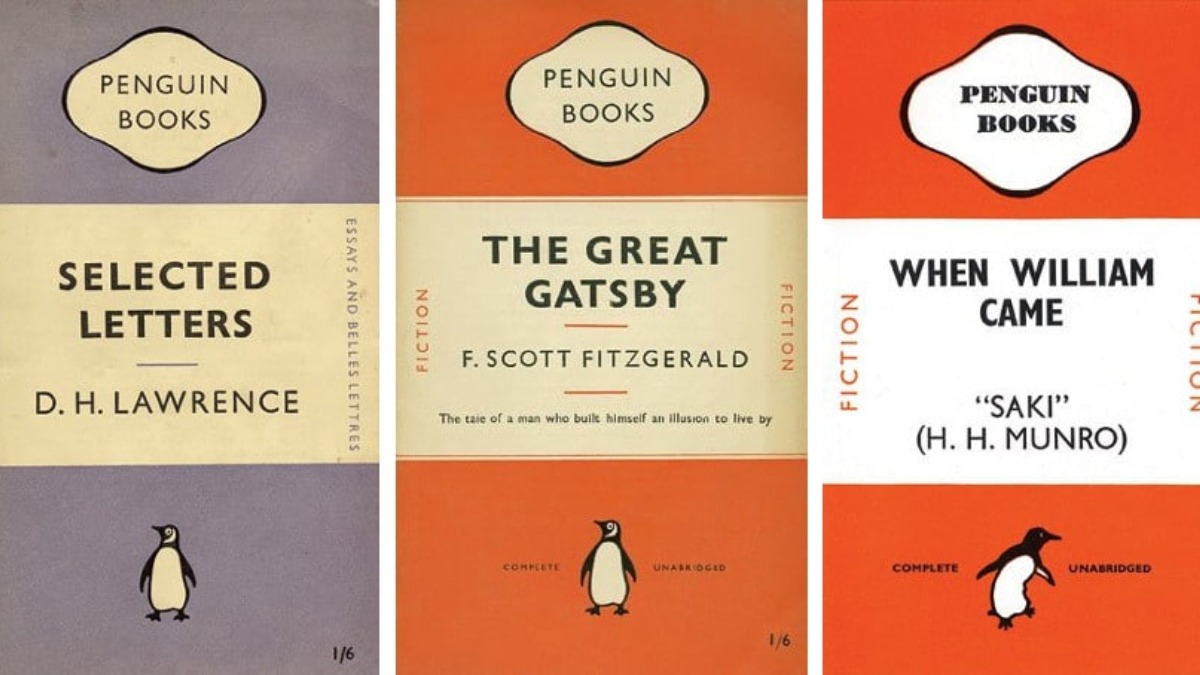
Jan Tschichold, a renowned typographer, revolutionized book cover design for Penguin Books in the 1930s, emphasizing simplicity and balance. His influence persists in modern graphic design.Read More →
-
Walter Allner (1906–2006), an American Painter and Designer

Walter Allner, a Bauhaus-trained designer, merged Modernist principles with American aesthetics, influencing graphic design through magazine covers, teaching, and innovative visual communication strategies.Read More →
-
Johannes Itten: Exploring the Chromatic Circle and Pure Colours
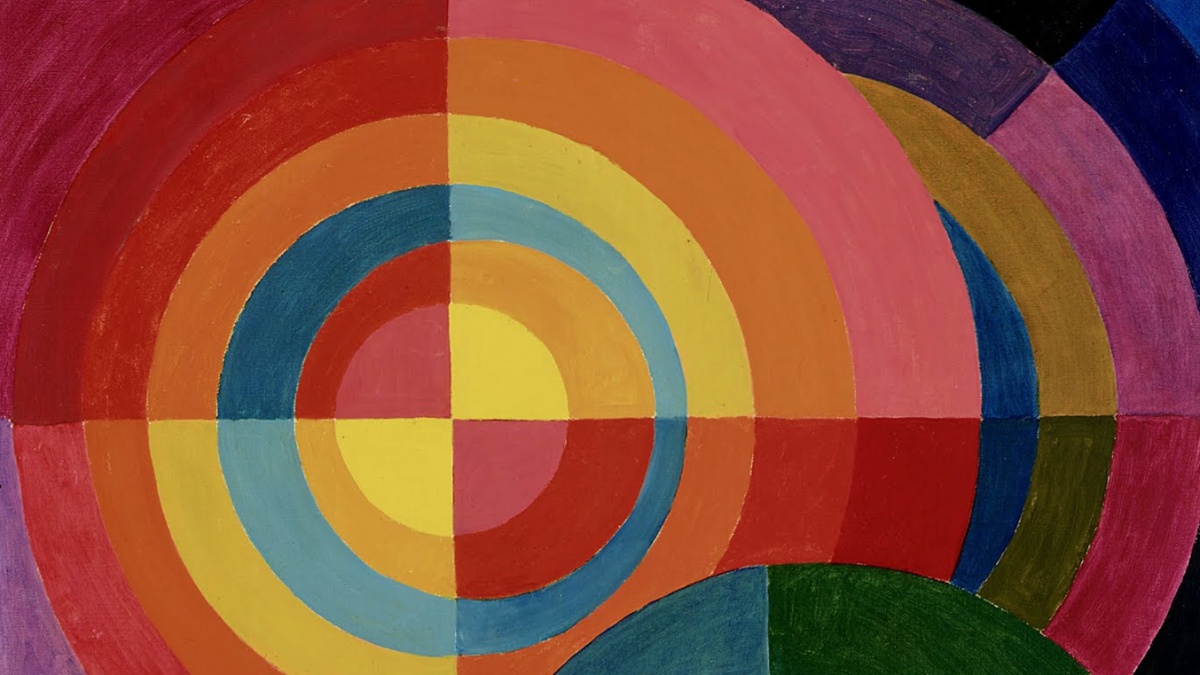
Johannes Itten, a Swiss painter and Bauhaus member, developed color theory and taught at the Bauhaus, influencing art, design, and seasonal color analysis.Read More →
-
Herbert Bayer (1900 – 1985) – Universal Typeface – Bauhaus Master

Herbert Bayer, a Bauhaus master, significantly shaped modern graphic design and typography through innovative works, collaborations, and teaching, impacting both Europe and the United States.Read More →
-
Theodor Bogler (1897-1968) German Ceramicist and Designer
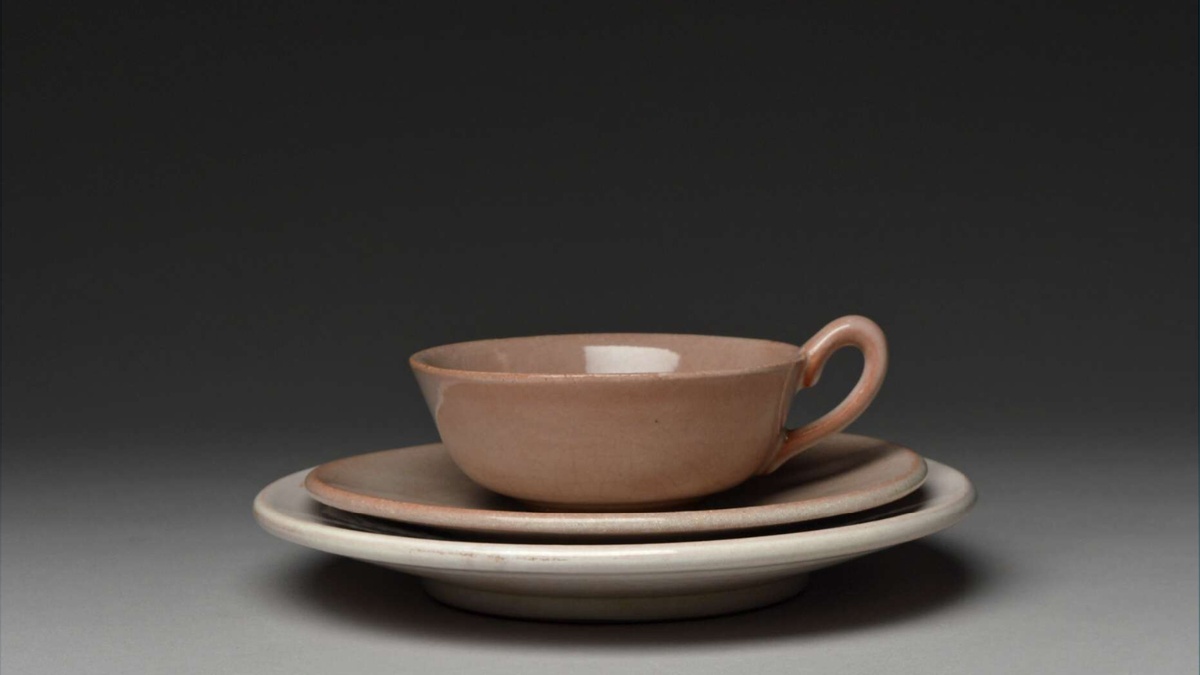
Theodor Bogler (1897 – 1968) studied at the Bauhaus and the University of Munich. He designed a 1923 mocha machine in ceramics for serial production. His earthenware kitchen containers by Velten-Vordamm ceramic factory were shown at the Bauhaus Exhibition.Read More →
-
Deutscher Werkbund German Artistic and Production Association
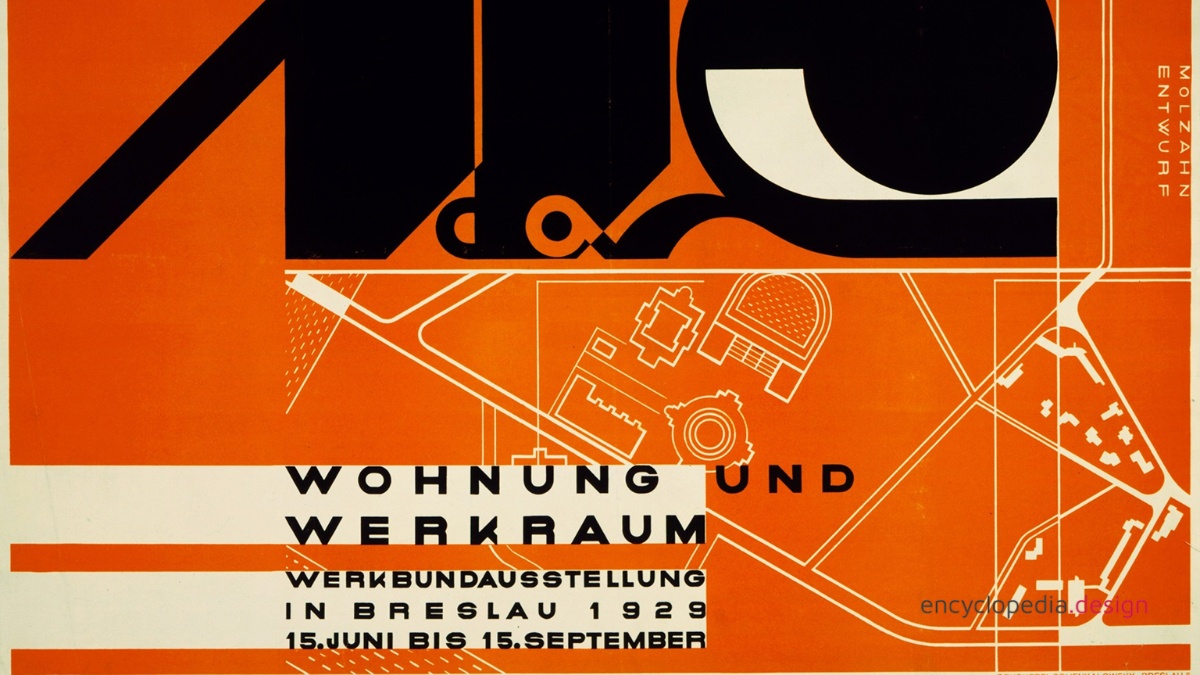
The Deutscher Werkbund, founded in 1907, aimed to improve product design through collaboration of artists, craftsmen, and manufacturers. It influenced modernism globally.Read More →
-
Eva Zeisel (1906 – 2011) Hungarian Designer and Ceramicist
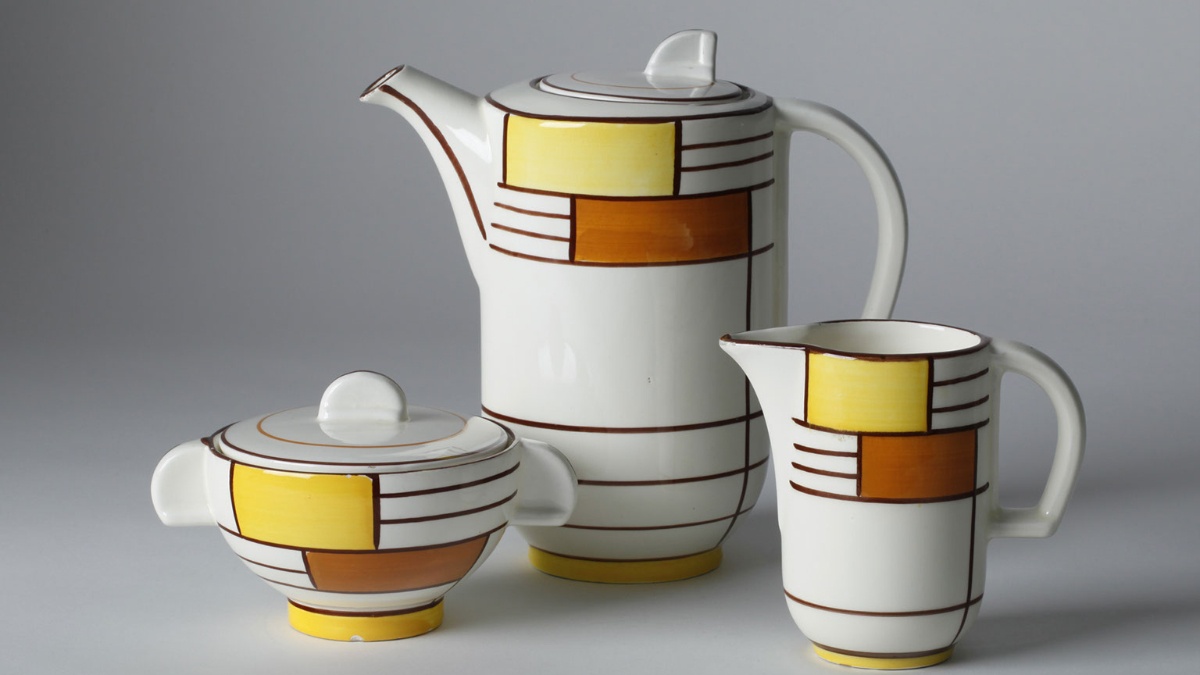
Eva Zeisel (1906 – 2011) was a Hungarian designer and ceramicist. She was born in Budapest. She was professionally active in Germany, Russia, Austria, and the USA. She settled in the United States in 1938.Read More →
More design articles
- Angelo Testa (1921 – 1984) American fabric designer
- Minimalist Picture Line Drawing Wall Art – By Haus & Hues
- Mondrian Abstract Cubes Squares Old Master Art Print
- Bauhaus Wall Art Print – Herbert Bayer and Walter Gropius
- Nikola Olic’s Playful Facade Photos ‘Reimagine’ Their Subjects
❤️ Receive our newsletter
Related
Discover more from Encyclopedia of Design
Subscribe to get the latest posts sent to your email.
